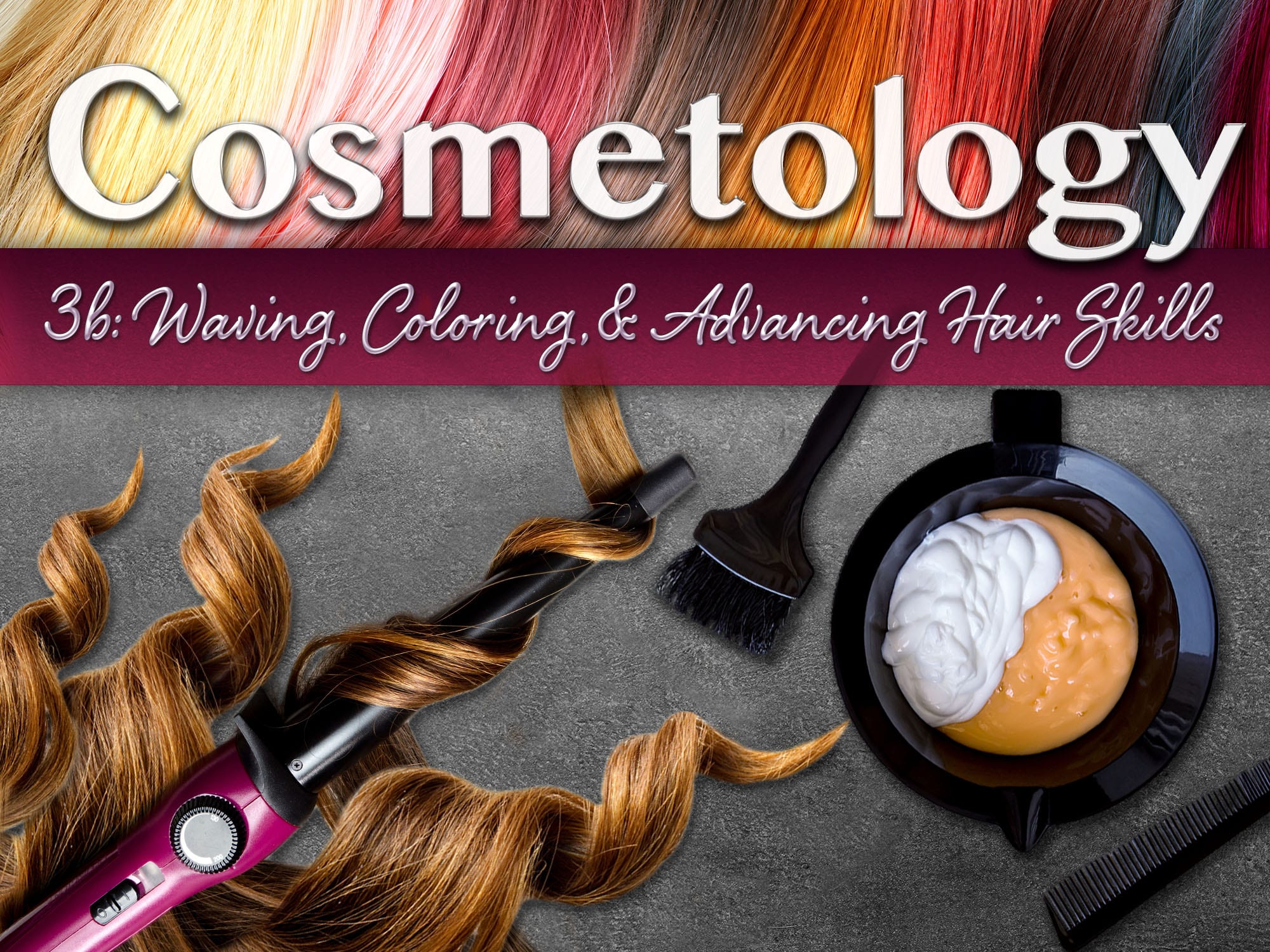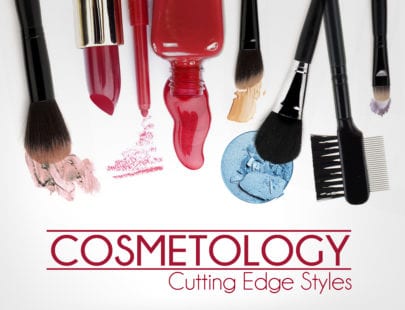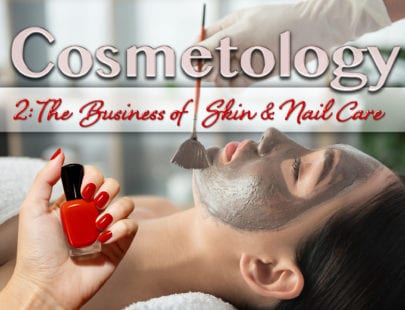
Cosmetology 3b: Waving, Coloring, and Advancing Hair Skills
Let’s delve into the realm of hairstyling and cutting techniques! Explore a variety of wigs, extensions, and hairpieces, while also developing knowledge about shampooing and conditioning. Discover manual curling and the use of chemicals to curl and straighten hair, as well as safety when working with chemicals. Expect to be well versed with a plethora of hair skills upon completion.
Units at a Glance
Unit 1: The Art of Hairstyling
Did you ever wonder how a celebrity with short, curly hair one day could have long, straight hair on the red carpet the next? It all comes down to style. A skilled cosmetologist knows that there are many ways to alter a client’s hair or create a distinct style. Adding elements such as hairpieces or extensions can change everything from color to texture. With a little imagination, the possibilities are endless!
What will you learn in this unit?
- Demonstrate mastery of styling techniques
- Explain how to add and remove extensions
- Illustrate measuring for wigs
- Identify and set up equipment for hairstyling
- Describe how extensions and hairpieces can enhance facial features
Unit 2: The Cutting Edge: Haircutting 101
Have you ever wondered how cosmetologists get both sides of a haircut to come out even or know how the layers will shape the final cut? It takes a lot of skill to put it all together and create a polished look. Everything from the shape of the head to the texture of the hair will determine how the hair lies. Learning some classic cuts is a good place to begin, especially since many hair trends are variations of classics. No cut will work well without the proper tools, so be sure to have the right tools for the job on hand!
What will you learn in this unit?
- Demonstrate knowledge of the reference points on the head
- Section properly and use lines and guidelines when cutting hair
- Illustrate basic haircutting techniques
- Explain how different hair types influence hair cutting
- Recognize the importance of ergonomics in maintaining health
Unit 3: Barbering Skills
What is the difference between barbering and cosmetology? Barbering focuses exclusively on men and includes specialties like shaving, but creating an attractive hairstyle for men is fundamental to both fields. Fortunately, the same principles of design apply when working with men. In some cases, facial hair can be used to balance the face even further, so be ready to work with a razor! As more and more men prefer old-school shaves, the razor is coming back into mainstream culture. Of course, classic cuts that depend on clippers are not going anywhere, so good clipper skills are an important part of a career in cosmetology. As always, health and safety are key, so proper standards of cleanliness are part of any cosmetology or barbering license.
What will you learn in this unit?
- Identify haircutting implements
- Illustrate various haircutting techniques
- Apply safety in haircutting
- Recommend hairstyles based on face shape
- Demonstrate proper sanitation and care of tools
Unit 4: Riding The Waves of Cosmetology Chemistry
Whether you’re making straight hair curly or curly hair straight, get ready to do some chemistry! For clients who want to change the texture of their hair, there are a lot of options. For cosmetologists, this means there is a lot to learn. From mixing the chemicals to setting the rollers at just the right angle, every detail counts. Once you have the basics down, the possibilities are endless, and you can count on your clients walking out of the salon satisfied with their new look. Fortunately, many of the principles you learn here will help in other fields within cosmetology, so get ready to lean about chemistry.
What will you learn in this unit?
- Explain wet curl techniques
- Demonstrate use of rollers
- Differentiate among permanent techniques
- Compare and contrast different relaxers
- Apply safety precautions when working with chemicals
Required Materials
- Computer with internet capabilities, word processing program, slideshow presentation program
- Camera or phone with video recording capabilities
- Two friends or family member volunteers
- Training mannequin head with hair
- Client chair
- Professional attire to wear in videos
- Cape for draping
- A sample release statement for client to sign
- Special effect hair coloring treatment
- Non-special effect hair color treatment
- Protective gloves
- Hairbrush
- Comb
- Various thermal tools (straightener, curling iron, etc.)
- Hair extensions or hair pieces
- Bobby pins and hair pins
- Hair clips for sectioning
- Hair-cutting shears
- Thinning shears
- Razor
- Clippers
- Disinfectant and cleaning solutions for tools
- Jar or other equipment for cleaning tools
- Barrier cream
- Shampoo and conditioner
- Sink for washing and rinsing hair
- Towels
- Rods and/or rollers
- Ingredients to create a shampoo or conditioning treatment (will vary by student)



